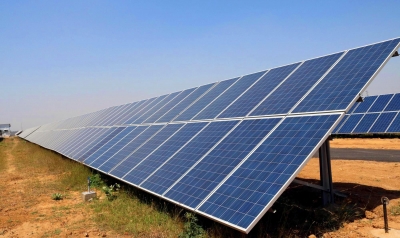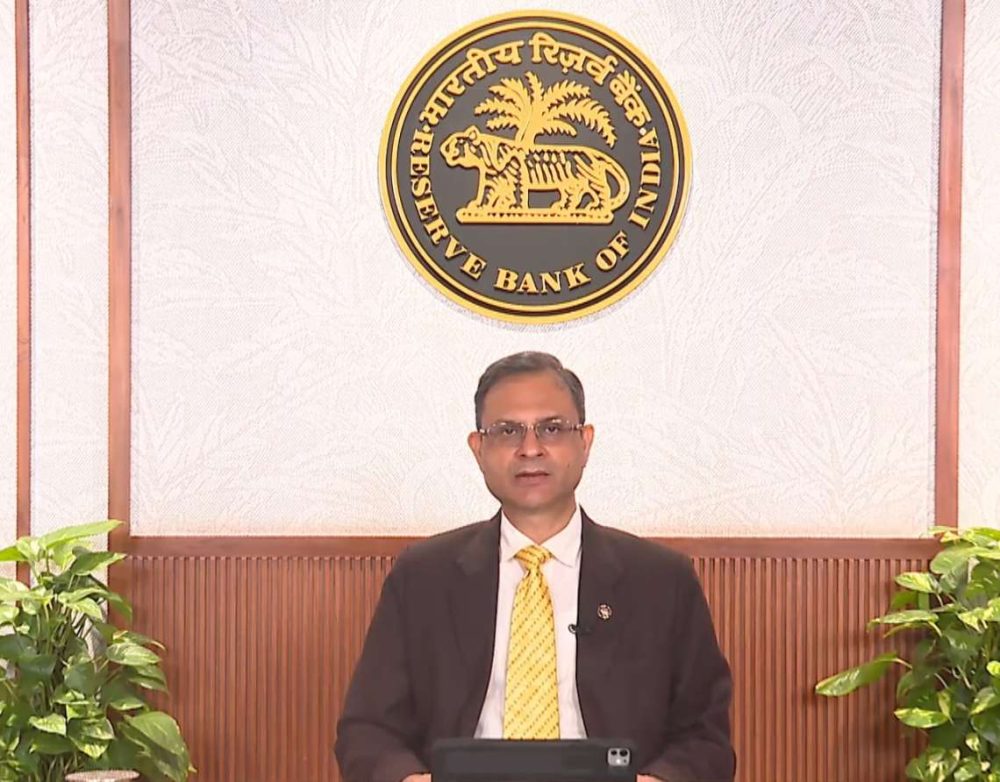The expansion is not only in scale but also in quality, with significant capacity dedicated to high-efficiency modules. Many manufacturers have adopted vertically integrated operations, enhancing quality, reducing costs, and improving resilience against supply chain disruptions
India has achieved a landmark milestone of 100 gigawatts (GW) of solar photovoltaic (PV) module manufacturing capacity, marking rapid progress towards a robust, self-reliant, and globally competitive solar ecosystem. The achievement aligns with the national vision of Atmanirbhar Bharat and the global push for a swift clean energy transition.
Union Minister for New and Renewable Energy Pralhad Joshi hailed the milestone as a rise from just 2.3 GW in 2014, calling it a testament to policy direction and industry resilience. He credited Prime Minister Narendra Modi’s leadership and schemes such as the Production Linked Incentive (PLI) for high-efficiency solar modules.
The journey from 2.3 GW to 100 GW in just over a decade reflects strong policy support, innovation, and rising demand. A pivotal step was the Approved List of Models and Manufacturers (ALMM) introduced in 2019. The first list, published in March 2021, featured 8.2 GW capacity from 21 manufacturers; by 2025, this grew to 100 manufacturers operating 123 units.
The expansion is not only in scale but also in quality, with significant capacity dedicated to high-efficiency modules. Many manufacturers have adopted vertically integrated operations, enhancing quality, reducing costs, and improving resilience against supply chain disruptions.
The PLI scheme has drawn major investments from domestic and global players, modernizing production lines, fostering innovation, and meeting global benchmarks. It also reduces dependency on imports for critical components, bolstering self-reliance and positioning India as a key player in the global solar supply chain.
Beyond energy, the 100 GW milestone strengthens India’s climate commitments, improves energy security, creates thousands of jobs, and cements the country’s leadership in renewable energy manufacturing. State governments have supported this growth with land, infrastructure, and incentives, while industry bodies have worked with policymakers to overcome challenges.
With a target of 500 GW non-fossil fuel capacity by 2030, this milestone is both symbolic and practical — a clear sign that India can meet domestic needs and serve global markets with high-quality solar solutions, lighting the way to a cleaner, self-reliant future.
PM Hails 100 GW Solar PV Milestone
Prime Minister Narendra Modi on Wednesday lauded India’s landmark achievement of installing 100 GW solar PV module manufacturing capacity, calling it a significant stride towards Atmanirbhar Bharat and the global shift to clean energy.
“This is yet another milestone towards self-reliance! It depicts the success of India’s manufacturing capabilities and our efforts towards popularising clean energy,” PM Modi posted on X.
The Prime Minister’s remarks followed Union Minister for New and Renewable Energy Pralhad Joshi’s announcement of the achievement under the Approved List of Models and Manufacturers (ALMM) — a sharp rise from just 2.3 GW in 2014.
“Driven by the visionary leadership of Prime Minister Modi and transformative initiatives like the Production Linked Incentive (PLI) Scheme for high-efficiency solar modules, we are building a robust, self-reliant solar manufacturing ecosystem. This achievement strengthens our path towards Atmanirbhar Bharat and the target of 500 GW non-fossil capacity by 2030,” Joshi said.
India’s solar PV growth has been propelled by policy measures, including the PLI Scheme for High Efficiency Solar PV Modules, and initiatives ensuring a level playing field for domestic manufacturers.
The ALMM Order, issued on January 2, 2019, saw its first list published on March 10, 2021, with 8.2 GW capacity. In just over four years, capacity has surged over twelve-fold to 100 GW. The number of manufacturers has also risen from 21 to 100, operating 123 manufacturing units nationwide.
This rapid expansion has been driven by both established companies and new entrants embracing high-efficiency technologies and vertically integrated operations, creating a competitive manufacturing base that caters to both domestic and global markets.
Officials hailed the milestone as a testament to coordinated efforts by industry, state governments, and the Centre to position India as a global solar manufacturing hub.









